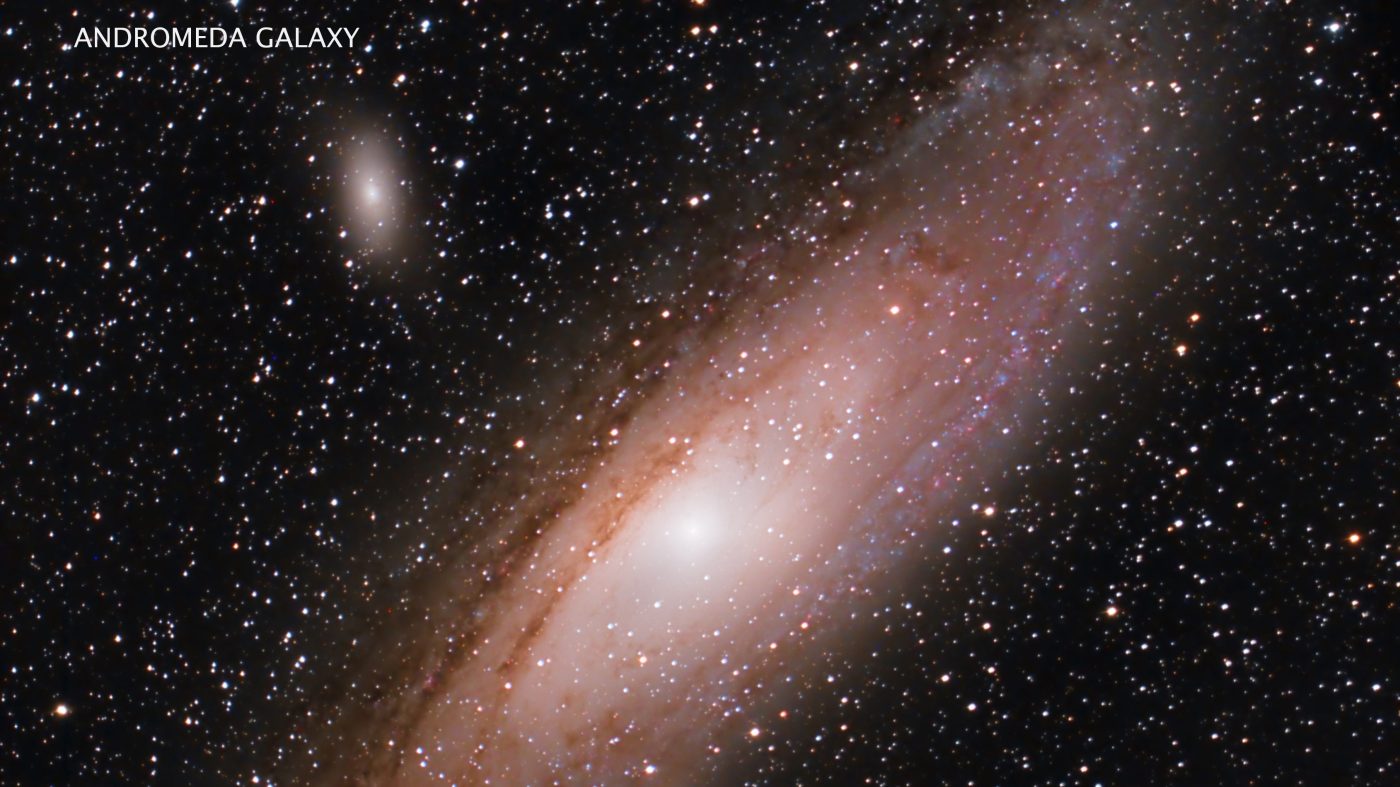
Skywatch: Winter stargazing at its best in February
I just love wonderful winter stargazing! I think it’s one of the best times of the year to soak in the splendor of the night sky. Even if you’re observing the heavens in a cold climate, it’s worth bundling up for and then some. It’s incredibly fantastic to see the starry sky in the countryside, away from the city lights. Maybe you already live out there. If you do, make the most of it.
Unfortunately, most of the planets are elusive for most of February. In the evening you can still barely see Saturn, just above the southwest horizon, as evening twilight ends but sets shortly after that. There’s nothing elusive about Jupiter though. It’s spending February in the high early evening southwestern sky, and despite being over 140 million miles farther away from Earth than it was in early November, it’s still the brightest star-like object in the evening, even more brilliant than all the other bright winter stars including Sirius, the brightest nighttime star seen from Earth. On Feb. 14, Jupiter will appear just to the upper right of a fat crescent moon in a tight celestial Valentine smooch.
Even with a smaller telescope, you can easily see up to four of Jupiter’s largest moons appearing as tiny “stars” that constantly change their positions relative to Jupiter and each other. You’ll probably also see some of the larger cloud bands that stripe the largest planet in our solar system. It’s really good practice to take long, continuous looks through your telescope of Jupiter or any other planet. You’re bound to see more detail the longer you look as your eye gets used to the light level coming through your eyepiece. You also may catch more transparent patches of air passing by in Earth’s constantly changing atmosphere.
The very bright planet Venus continues its long goodbye in the early morning sky. As February begins, the planet named after the Roman god of love rises above the southeast horizon just before morning twilight but, by month’s end, rises during evening twilight, not all that much before sunrise.
Despite the lack of planet visibility, many other celestial treasures await you. Even if you must put up with light pollution, you’ll still see many bright winter constellations, especially in the southern half of the sky. The constellation Orion the Hunter and the bright constellations surrounding him are the biggest attractions. There’s the great Orion himself, surrounded by his cast of characters like Taurus the Bull, Auriga the chariot driver, Gemini the Twins, Lepus the Killer Rabbit, Canis Minor the Little Dog, and Canis Major, the Big Dog.
(Mike Lynch)
A wonderful celestial gem, available only in the winter, lies in the sword of the constellation Orion the Hunter. It’s the great Orion Nebula, a vast cloud of hydrogen gas around 1,600 light-years away and possibly larger than 30 light-years in diameter! It appears as a faint, ghostly patch of light to the naked eye, but even a small telescope will reveal much more detail. Depending on the seeing conditions at the time and size of your telescope, the nebula may have a slight greenish tinge. You’ll see the Trapezium within the nebula, four stars arranged in a tight, slightly lopsided trapezoid. Those stars, and many, many others that you can’t see, were all born out of the Orion Nebula. Most of these stars are less than 10 million years old, making them infant stars. The new stars’ ultraviolet radiation lights the hydrogen gas like a neon light, causing the nebula to glow. Astronomers call this kind of nebula an emission nebula. The Orion Nebula will
Another must-see is the Pleiades star cluster in Taurus the Bull’s constellation. It will jump right out at you from over 400 light-years away. You should easily see six to seven stars with unaided eyes that form a pattern that looks like a miniature Big Dipper. You’ll also see many fainter stars with binoculars or a small telescope. All the stars in the Pleiades were born together gravitationally around 100 million years ago. The Pleiades are also known as the Seven Little Sisters, the daughters of the god Atlas according to Greek and Roman mythology.
There’s so much to enjoy in the February skies. It’s excellent celestial theater.
A solar eclipse is coming, too! The April 8 solar eclipse is almost upon us! It’ll be quite a show. We won’t have a total eclipse in Minnesota or Wisconsin, but it won’t be all that far away. the path of the total eclipse will run through parts of Illinois, Missouri, Indiana, Texas, Arkansas, Kentucky, Ohio, Pennsylvania, New York, Vermont, New Hampshire and Maine. It’s so worth traveling to see and then some. The next total eclipse in the lower 48 states in the U.S. won’t be until 2045.
Make your plans!
Mike Lynch is an amateur astronomer and retired broadcast meteorologist for WCCO Radio in Minneapolis/St. Paul. He is the author of “Stars: a Month by Month Tour of the Constellations,” published by Adventure Publications and available at bookstores and adventurepublications.net. Mike is available for private star parties. You can contact him at mikewlynch@comcast.net.
Related Articles
Skywatch: A retired chariot driver
Skywatch: New telescope targets
Skywatch: New telescope do’s and don’ts
Skywatch: January winter sky spectactular
Skywatch: Bring in 2024 in a stellar way


